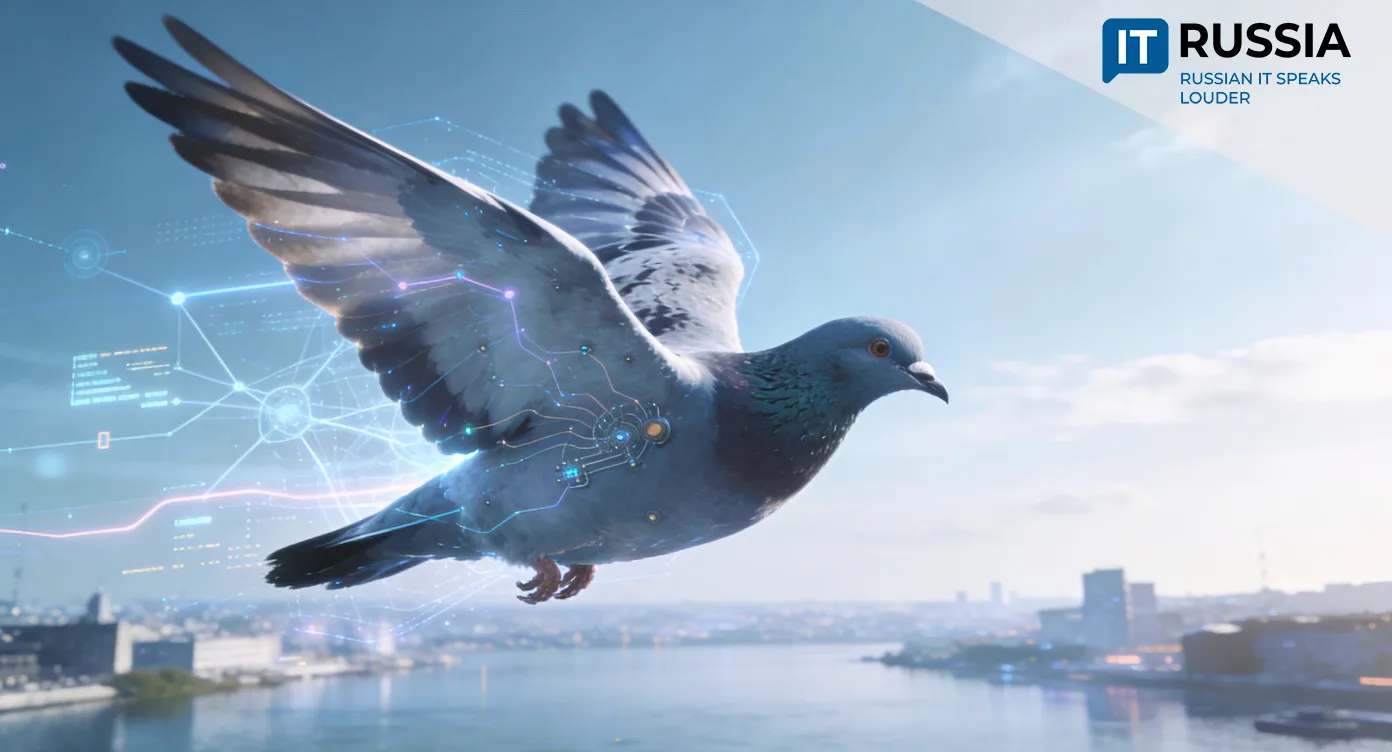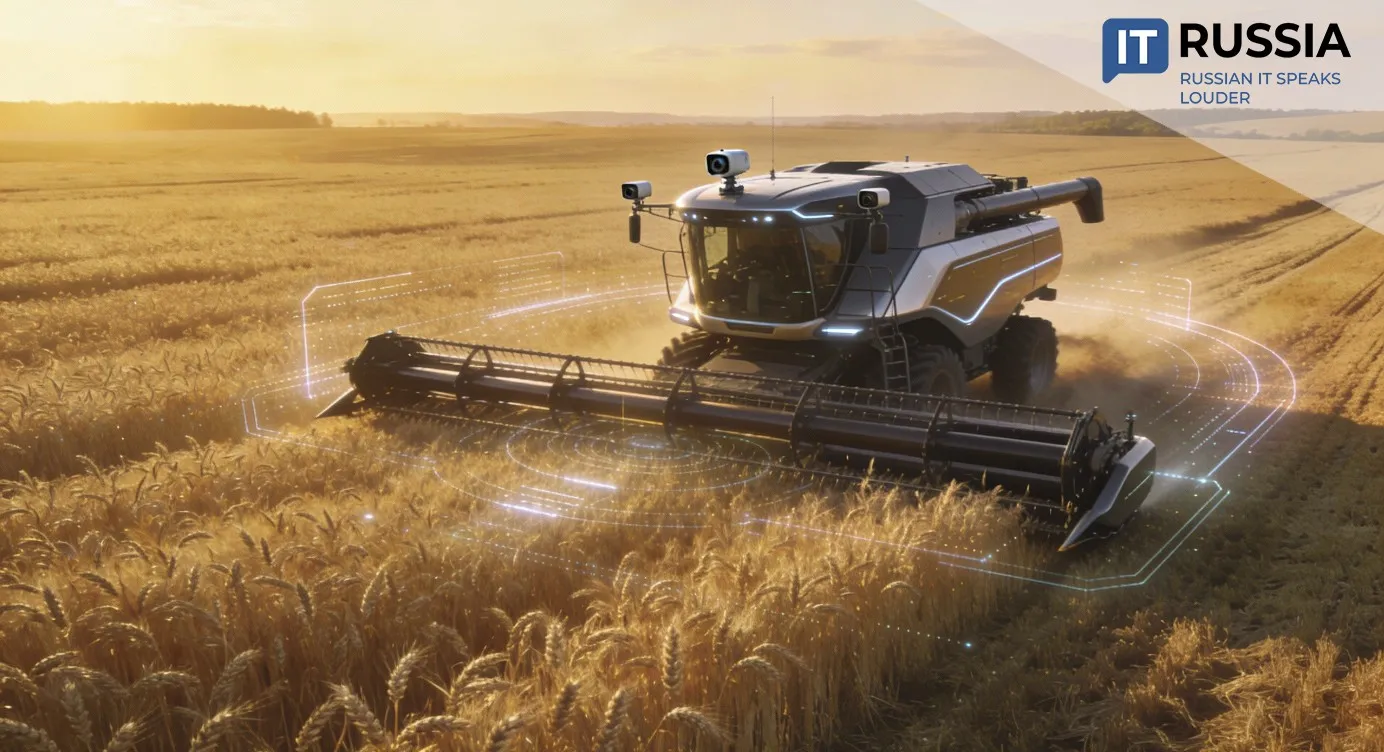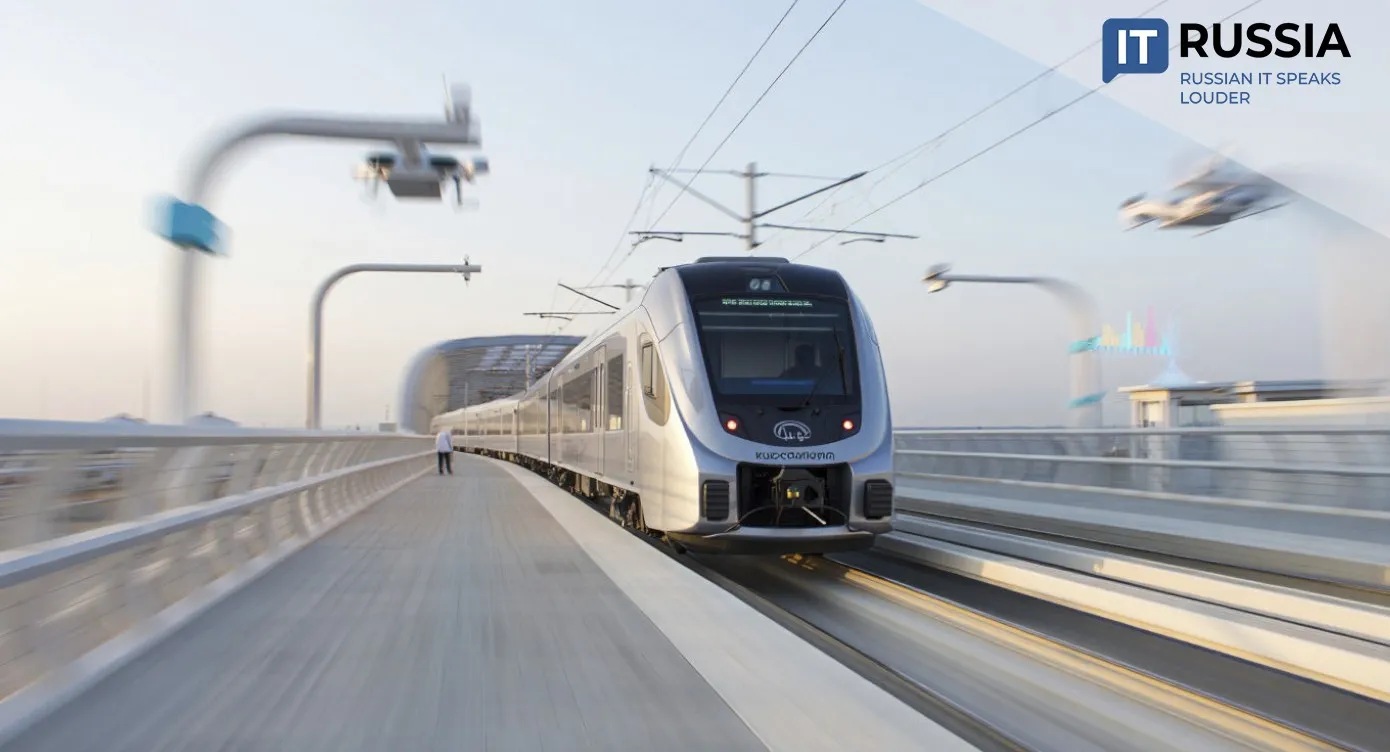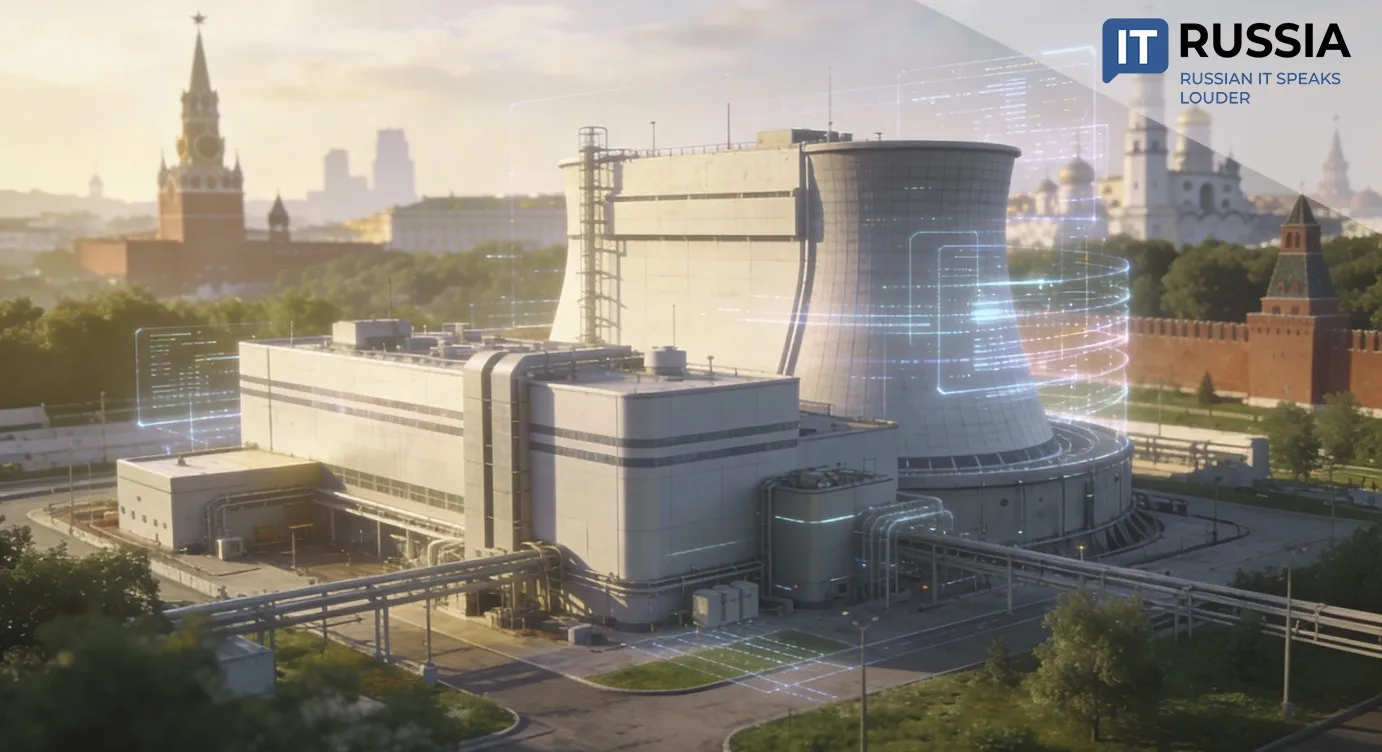KamAZ Unveils the Future of Russian Highways: Autonomous Trucks Hit Commercial Routes

Russia has taken a decisive step toward driverless freight: KamAZ presented its KamAZ-54901 'Mayak2' autonomous tractor, approved for commercial operations on federal highways.
From Experiments to Real Business
At the 'Unmanned Systems: Technologies of the Future' forum in Moscow, KamAZ unveiled the KamAZ-54901 'Mayak2,' a K5-generation tractor with Level 3 autonomy. This means that while a driver is present in the cab, control of the vehicle is largely handled by hardware and software systems during operation.
The truck is equipped with a full suite of systems: the ASUD computing block, machine vision modules, radars, lidars, and satellite navigation. Each trip is monitored via a 'black box,' video surveillance, and instant dispatcher communications. In practice, the vehicle behaves like an independent driver but allows the operator to take over at any moment.
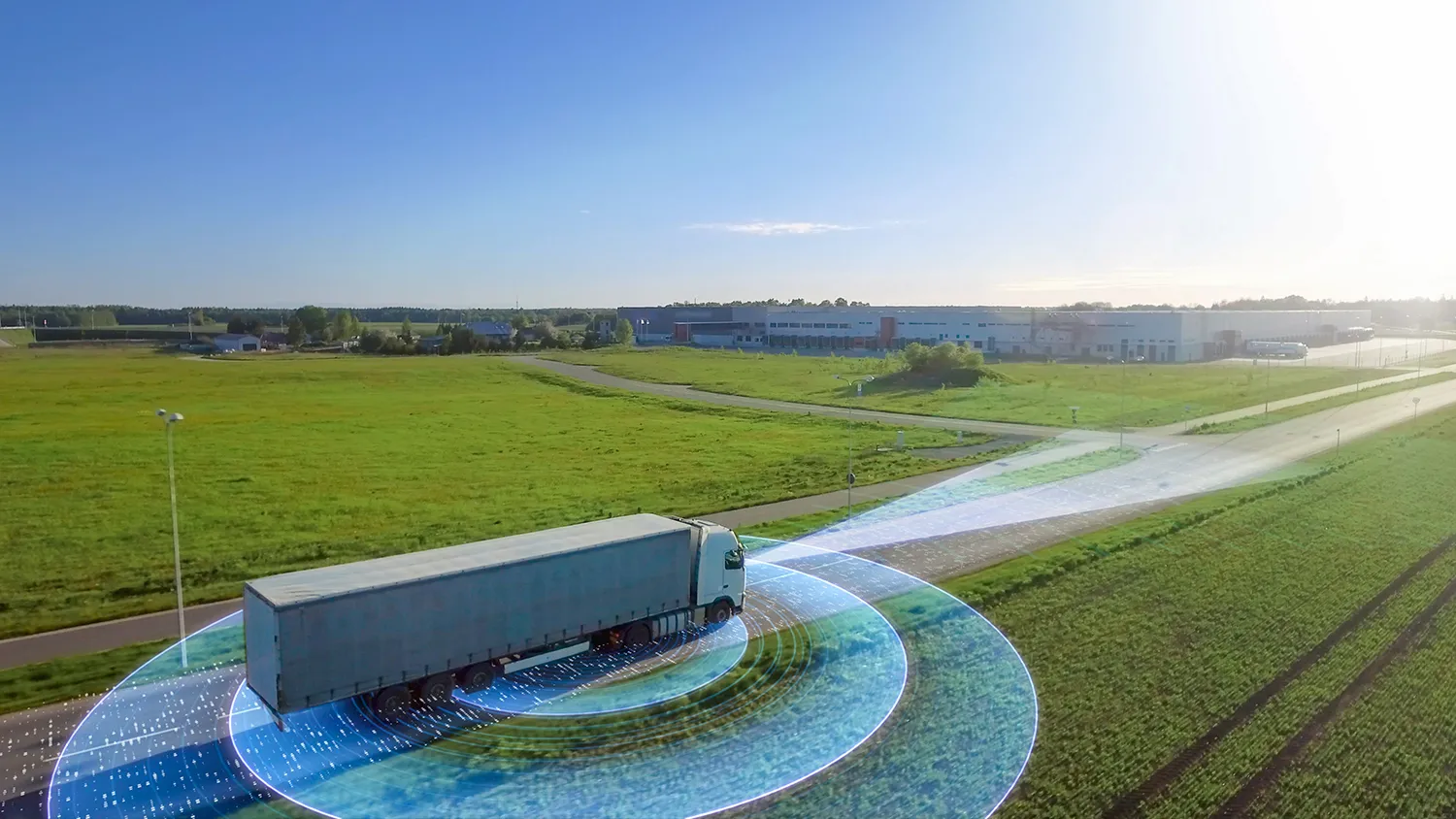
What sets the project apart is that commercial freight is already happening. Under Russia’s experimental legal regime, NATCAR road trains are operating along the M-11 'Neva' highway and the Central Ring Road (CKAD), completing contract hauls and proving integration into the national economy.
This signals that Russia is not only capable of developing advanced digital logistics systems but also of deploying them into real commercial use.
Export Potential and Market Expansion
KamAZ’s autonomous trucks are opening the door for Russian solutions to enter global markets, especially in the CIS, Asia, and countries with expanding transport infrastructure. Exports may include both complete vehicles and autonomous driving platforms adaptable to local road systems.
For the domestic market, the impact is equally significant: reduced costs, minimized human error, and improved road safety. Expansion to multimodal routes and integration into broader logistics chains is already being planned, paving the way for transport corridors less dependent on human drivers.
The regulatory framework is also evolving quickly. The experimental regime allows testing and early adoption, while accumulating data for future standards and building the workforce needed to support the technology.
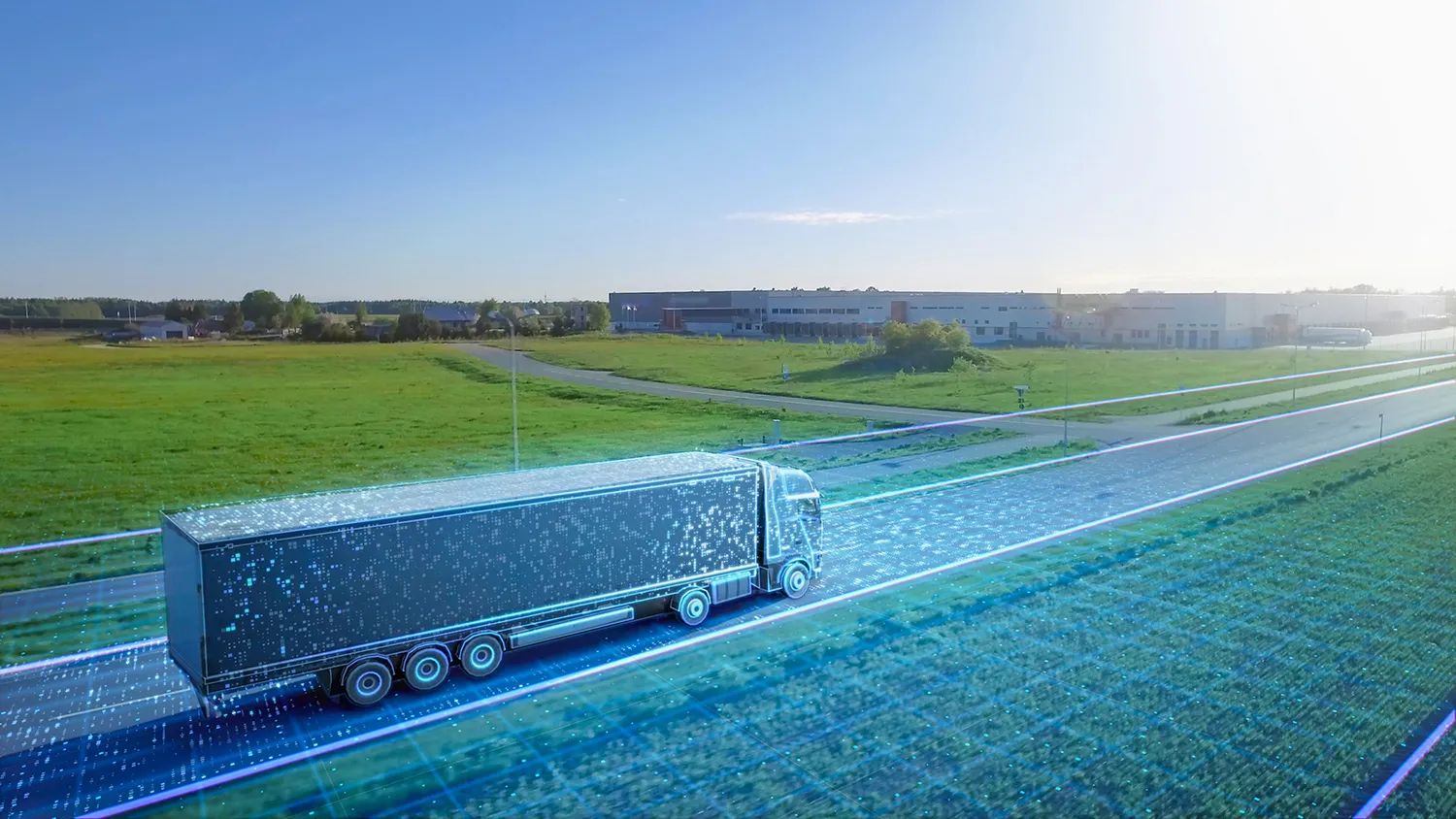
Historical Context
The 'Mayak2' builds on years of autonomous transport projects in Russia. NATCAR and 'Transport Logistics' have already carried out pilot freight runs on the M-11 and CKAD. 'Magistral-Avto' tested emergency braking and collision prevention systems at proving grounds. Yandex technologies advanced in the passenger segment, with machine vision, lidar systems, and motion algorithms now migrating into freight applications.
These examples trace a clear trajectory: from cautious pilots to regular unmanned freight operations on federal highways.
The Next Step: Full Autonomy
The debut of the KamAZ-54901 is more than a prototype—it signals the emergence of a real market for driverless freight. Analysts expect rapid expansion over the next two to three years, with more experimental routes, increasing commercial runs, and evolving legislation.
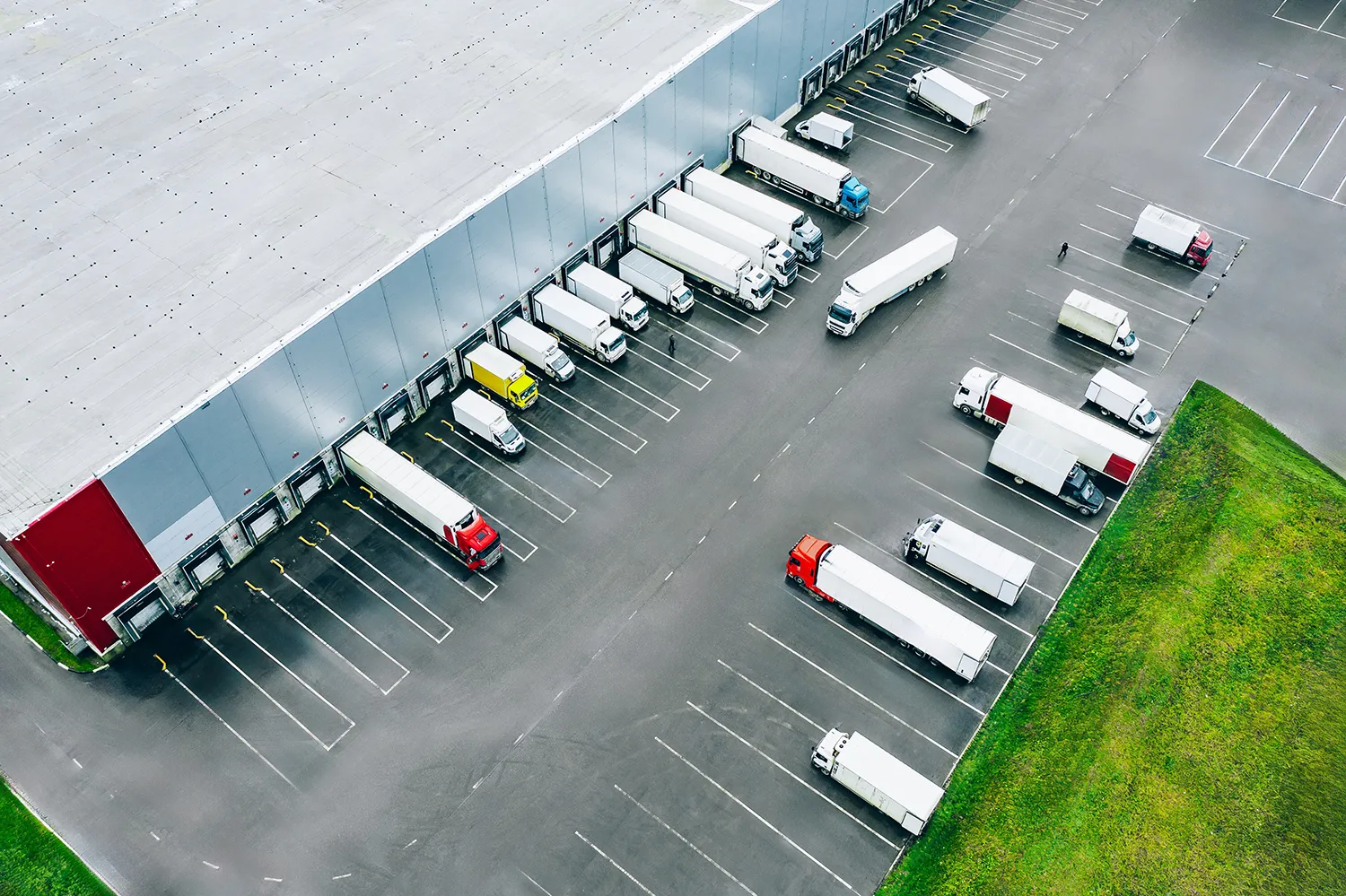
The ultimate target: trucks with Level 4–5 autonomy, eliminating the driver’s role entirely and enabling fully independent freight movement.
The 'Mayak2' tractor sets a new benchmark for Russia’s transport industry, combining industrial maturity with real-road operations and global ambitions. The highways of the future are approaching fast, and Russia has positioned itself as a contender in the digital logistics revolution.











